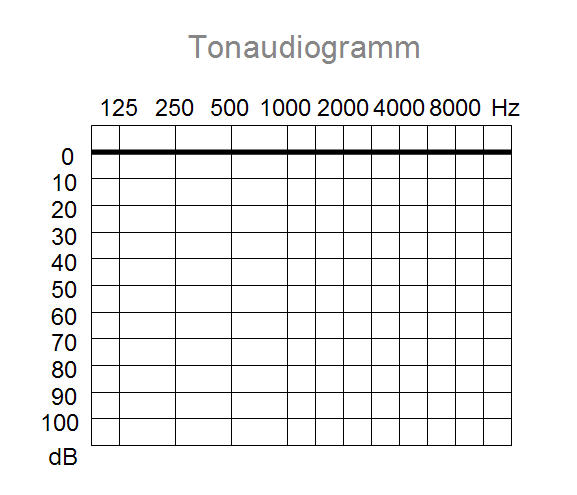The World Health Organization reports that 1.1 billion people are at an increased risk for noise-induced hearing loss, generated by exposure to substantial sound levels from personal mp3 devices and noisy settings such as nightclubs, bars, concerts, and sporting events. An estimated 26 million Americans already suffer from the condition.
If noise-induced hearing loss occurs from direct exposure to high sound levels, then what is considered to be excessive? It turns out that any noise higher than 85 decibels is potentially hazardous, and unfortunately, many of our daily activities expose us to sounds well above this threshold. An music player at maximum volume, for example, reaches 105 decibels, and police sirens can reach 130.
So is hearing loss an inescapable consequence of our over-amplified life? Not if you make the right choices, because it also happens that noise-induced hearing loss is 100% preventable.
Here are six ways you can save your hearing:
1. Use custom earplugs
The ideal way to prevent hearing loss is to avoid loud noise entirely. Of course, for most people that would mean quitting their jobs and ditching their plans to see their favorite band perform live in concert.
But don’t worry, you don’t have to live like a hermit to spare your hearing. If you’re exposed to loud noise at work, or if you plan on going to a live concert, instead of avoiding the noise you can reduce its volume with earplugs. One possibility is to pick up a low cost pair of foam earplugs at the convenience store, realizing that they will almost certainly create muffled sound. There is a better option.
Today, several custom earplugs are available that fit comfortably in the ear. Custom earplugs are formed to the curves of your ear for optimum comfort, and they incorporate advanced electronics that lower sound volume evenly across frequencies so that music and speech can be heard clearly and naturally. Speak to your local hearing specialist for more information.
2. Keep a safe distance from the sound source
The inverse square law, as applied to sound, shows that as you double the distance from the source of sound the strength of the sound falls by 75%. This law of physics may possibly save your hearing at a rock concert; instead of standing in the front row adjacent to the speaker, increase your distance as much as possible, managing the benefits of a good view against a safe distance.
3. Take rest breaks for your ears
Hearing injury from subjection to loud sound is dependent on three factors:
- the sound level or intensity
- your distance from the sound source
- the length of time you’re exposed to the sound
You can decrease the intensity of sound with earplugs, you can increase your distance from the sound source, and you can also control your collective length of exposure by taking rest breaks from the sound. If you’re at a live concert or in a recording studio, for instance, make certain to give your ears regular breaks and time to recuperate.
4. Turn down the music – follow the 60/60 rule
If you often listen to music from a portable music player, make sure you keep the volume no higher that 60% of the maximum volume for no longer than 60 minutes per day. Higher volume and longer listening times enlarge the risk of long-term damage.
5. Purchase noise-canceling headphones
The 60/60 rule is very hard, if not impossible to adhere to in certain listening environments. In the presence of loud background noise, like in a busy city, you have to turn up the volume on your MP3 player to hear the music over the surrounding noise.
The answer? Noise-cancelling headphones. These headphones will filter background sounds so that you can enjoy your music without violating the 60/60 rule.
6. Arrange for regular hearing exams
It’s never too early or too late to book a hearing test. Along with the ability to determine existing hearing loss, a hearing assessment can also establish a baseline for later comparison.
Considering hearing loss develops slowly, it is difficult to detect. For most people, the only way to know if hearing loss is present is to have a professional hearing examination. But you shouldn’t wait until after the harm is done to schedule an appointment; prevention is the best medicine, and your local hearing specialist can furnish personal hearing protection solutions so that you can avoid hearing loss altogether.

